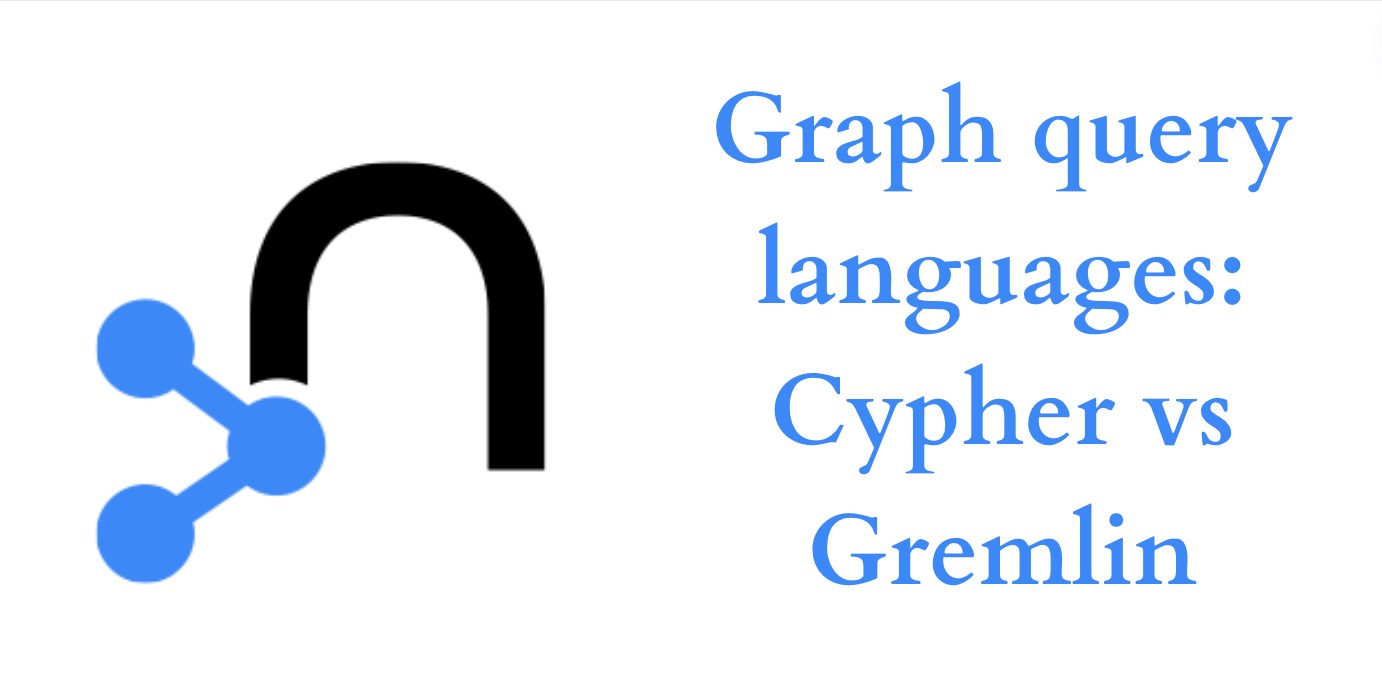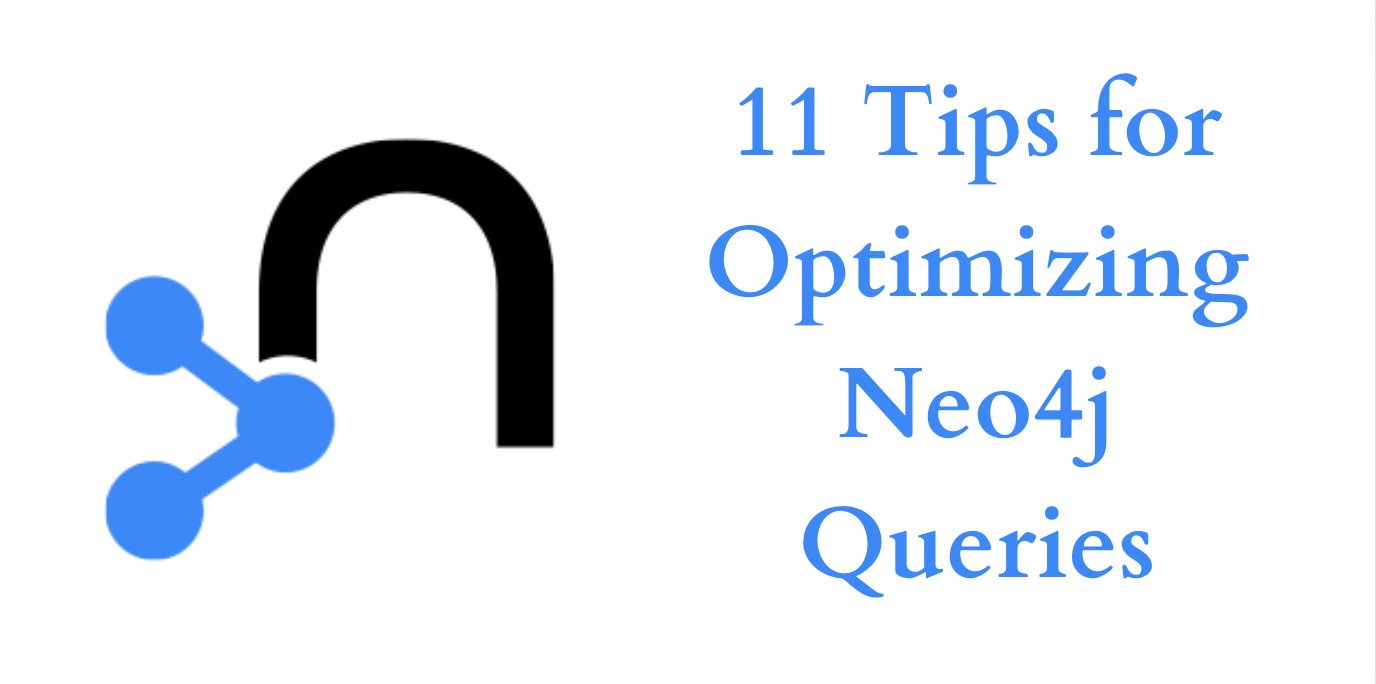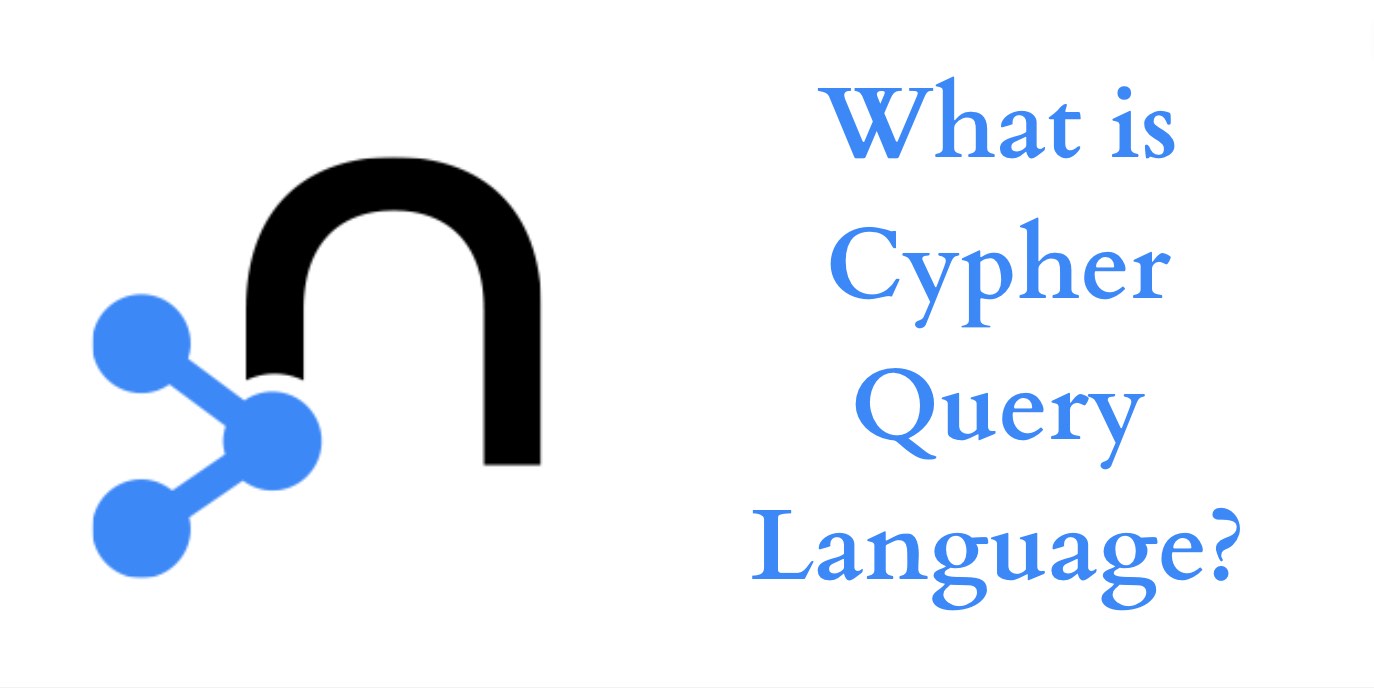Graph query languages: Cypher vs Gremlin

Introduction
When you start learning Graph databases you find there are multiple query languages. Some of them are standard and used by many of the top graph databases like Cypher, Gremlin, and SPARQL. Some of the graph query languages are specific to the databases like AQL(ArangoDB), and GSQL(TigerGraph).
The most popular options are Cypher(Open source, Developed by Neo4j) and Gremlin (Graph query/traversal language developed by Apache TinkerPop).
Here in this post, we will see the differences between 2 of the most popular graph query languages: Cypher vs Gremlin.
Cypher vs Gremlin
Cypher and Gremlin are both query languages that are used to interact with graph databases. However, they are designed with different goals in mind and have some key differences in terms of their syntax, features, and use cases.
Cypher is a declarative query language that was developed by Neo4j, a popular open-source graph database management system. It is designed to be expressive, flexible, and easy to use, with a simple, human-readable syntax that allows users to express complex queries in a concise manner.
Gremlin, on the other hand, is a more general-purpose graph traversal language that was developed by Apache TinkerPop, an open-source graph computing framework. It is designed to be expressive, flexible, and powerful, with a wide range of built-in functions and operators that allow users to perform a wide range of transformations on data.
The way they handle graph traversals
One key difference between Cypher and Gremlin is the way they handle graph traversals.
In Cypher, graph traversals are expressed using patterns and clauses, such as MATCH and WHERE, which specify the nodes and relationships that we want to retrieve or modify.
In Gremlin, graph traversals are expressed using a series of steps that specify the paths we want to follow through the graph.
The way they handle data manipulation
In Cypher, data manipulation is expressed using clauses such as CREATE, DELETE, and SET, which allow us to create, delete and modify nodes and relationships in the graph.
In Gremlin, data manipulation is expressed using a wide range of built-in functions and operators that allow us to transform data in various ways.
Syntax differences
Cypher has a simple, human-readable syntax that is based on clauses and patterns, while Gremlin has a more complex, code-like syntax that is based on a series of steps.
Query optimization
Cypher has a built-in query optimizer that automatically chooses the most efficient execution plan for a query, based on the graph structure and the available indexes.
Gremlin does not have a built-in query optimizer, so users need to manually choose the most efficient traversal strategy for their queries.
Query complexity
Cypher is designed to handle complex queries with multiple clauses and patterns and can handle large volumes of data efficiently.
Gremlin is more geared towards simple traversals, and may not perform as well on complex queries or large datasets.
Graph model support
Cypher supports a wide range of graph models, including property graphs, temporal graphs, and spatial graphs.
Gremlin is primarily designed for property graphs, and may not have as many features or capabilities for other types of graphs.
Programming language support
Cypher is supported by a wide range of graph database management systems and programming languages and has official drivers and libraries available for many popular languages.
Gremlin is supported by a smaller number of systems and languages, and may not have as many drivers or libraries available.
Ease of use
Cypher is generally considered to be easier to learn and use than Gremlin, due to its simpler syntax and more intuitive query structure.
Gremlin, on the other hand, has a more complex syntax and requires a deeper understanding of graph traversal concepts to use effectively.
Query structure
Cypher uses a declarative query structure, where users specify what they want to achieve, rather than how to achieve it.
Gremlin uses an imperative query structure, where users specify the steps to be taken to achieve the desired result.
Cypher uses a clause-based query structure, where different clauses are used to specify different aspects of the query. For example, the MATCH clause is used to specify the nodes and relationships to be matched, the WHERE clause is used to specify conditions, and the RETURN clause is used to specify the data to be returned.
Gremlin uses a step-based query structure, where different steps are used to specify different actions to be taken. For example, the g.V() step is used to select all vertices in the graph, the .outE() step is used to select all outgoing edges, and the .values() step is used to return the values of a property.
Data integration
Cypher has built-in support for integrating with external data sources, such as CSV files and relational databases, using clauses such as LOAD CSV and MATCH.
Gremlin does not have built-in support for data integration, and users will need to use additional libraries or tools to integrate with external data sources.
Data manipulation
Cypher has a range of clauses for data manipulation, such as CREATE, DELETE, and SET, that allow users to create, delete, and modify nodes and relationships in the graph.
Gremlin has a range of built-in functions and operators for data manipulation, such as addV(), addE(), and remove(), that allow users to transform data in various ways
Community and resources
Cypher has a larger and more established community of users and developers and has a wider range of resources and documentation available online.
Gremlin has a smaller and less established community, and may have fewer resources and documentation available.
Language features
Cypher has a range of language features and capabilities, including support for variables, functions, and user-defined procedures, as well as built-in support for spatial and temporal data.
Gremlin has a more limited set of language features, but has a wider range of built-in functions and operators for data transformation.
Conclusion
Overall, both Cypher and Gremlin are powerful and flexible query languages that are widely used for working with graph data. The choice between them will depend on the specific needs and goals of your project, as well as the capabilities and features of the graph database management system you are using

